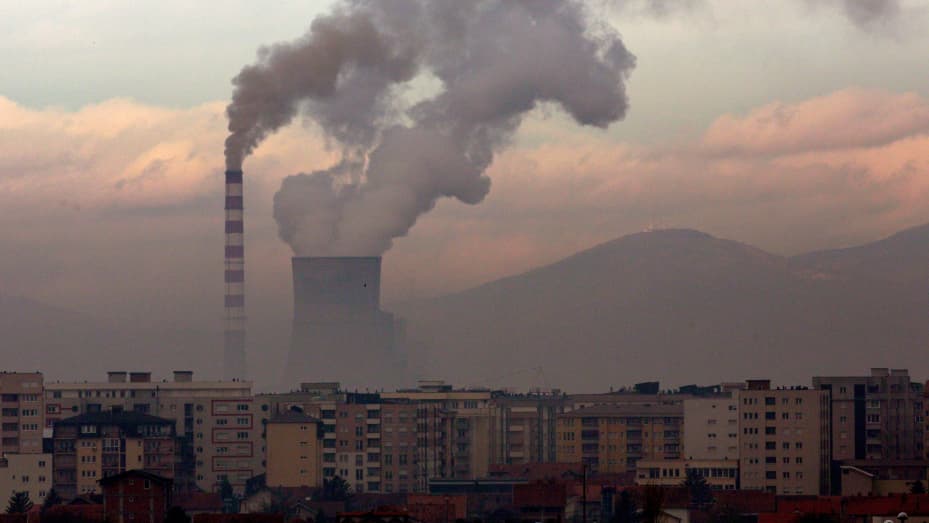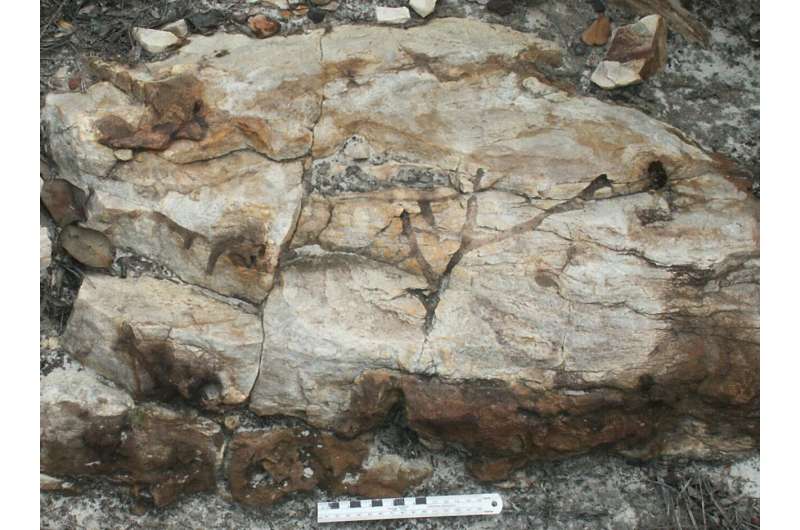Maximise benefits of Kenya’s carbon pricing mechanism
Treasury Cabinet Secretary Ukur Yatani recently announced the government’s intention to introduce carbon emissions pricing mechanisms to combat climate change and support sustainable development. This move is welcome and timely.
Carbon pricing mechanisms such as Emissions Trading Systems (ETS), carbon taxes, or a hybrid of the two, have been demonstrated to be efficient policy tools in over 46 countries in driving down emissions that are responsible for climate change, and delivering other vital national priorities.
They achieve this by imposing caps on emissions, and applying charges on firms that exceed them, or requiring them to purchase additional emission allowances from the market. This system provides economic incentives for polluters to cut emissions to avoid incurring costs.
To maximise benefits to the country, the envisaged system should direct a portion of carbon pricing revenues to the conservation, restoration, and sustainable management of forests, agricultural land, and other natural ecosystems.
Doing so would deliver significant and cost-effective natural solutions to tackling climate change, while simultaneously helping to achieve Kenya’s other core goals of enhancing livelihoods and economic growth and conserving its rich biodiversity.
The land and forestry sectors in Kenya, including agriculture, generate the highest share (38 percent) of carbon emissions due to deforestation and land degradation.
They also hold the biggest emissions reductions potential that could get the country almost 90 percent of the way to meeting its Paris Agreement target.
However, these crucial sectors are receiving disproportionately less climate finance, thus impeding effective climate action. A good carbon pricing architecture could help rectify this glaring anomaly.
Carbon pricing is one of the tools that can help Kenya realise its commitment under the Paris Agreement of cutting emissions by 32 percent by 2030 and strengthening the country’s resilience to worsening climate shocks.
It can aid in raising part of the Sh6.8 trillion (US$62 billion) needed to implement Kenya’s updated national climate change plan or Nationally Determined Contribution (NDC), that is largely (87 percent) dependent on external funding.
Under an Emissions Trading model of carbon pricing, a part of the charges imposed on companies exceeding their emissions limits could be invested in natural ecosystems that are critical in addressing climate change.
These firms could also be allowed to purchase carbon offsets that conserve nature, instead of paying penalties, but this arrangement should be strictly managed to maintain the integrity of the emissions cap.
The government could also institute emission caps on the land sector to incentivise emissions cuts, though this may be a challenging proposition politically.
In a carbon tax scenario, a share of tax revenues could be invested into protecting and restoring natural ecosystems as a solution to climate change, or the government can permit companies to purchase carbon offsets that are linked to conserving those ecosystems.
These two suggestions are consistent with options being considered under the draft National Green Fiscal Incentives Framework Policy.
To ensure that carbon pricing mechanisms deliver optimal benefits, existing and upcoming voluntary carbon offset projects in Kenya need to be ‘nested’ or integrated into the national system to reduce emissions from deforestation and forest degradation (REDD+).
This ‘nesting’ will enhance private and public financial flows to projects that are keeping vital carbon-rich ecosystems intact, while ensuring equitable distribution of compensation for those delivering emissions reductions, right from the grassroots to national levels.
Kenya is making headway in this regard through the establishment of the National Expert group (NEG) on REDD+ nesting and related activities, thereby signalling to the world its intention to generate a welcoming and enabling environment for continued investment.
Carbon pricing mechanisms have been successfully implemented in developed and developing countries. For instance, Costa Rica’s tax on fossil fuels generates Sh3.3 billion (US$30 million) yearly for forest conservation and restoration, while lowering carbon emissions from fuel use.
FOREST CREDITS
In Colombia, companies subject to the carbon tax may reduce their tax obligations by purchasing carbon offsets that protect nature.
The tax can also be paid with carbon credits from energy efficiency or other energy related projects. Additionally, a portion of the collected tax revenues is invested in nature conservation.
The US State of California’s Emissions Trading System allows use of nature-based offsets to fulfil a small portion of emission reduction requirements, including through forest carbon offsets.
To date, nearly 165 million forest credits have been traded under the system, and approximately $432 million of the revenue from forest credits has gone to Native American communities.
As discussions proceed on the design of Kenya’s carbon pricing mechanism, there is a significant opportunity to ensure it delivers the most benefits to the country, including climate action, biodiversity conservation, and socioeconomic development.












